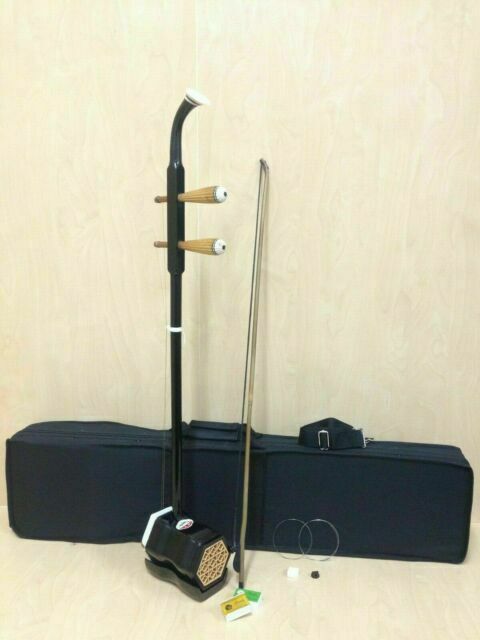-40%
Berkeley Pro Burma Rose Wood Erhu
$ 99.79
- Description
- Size Guide
Description
of more than 500 years. It started to be popular in Southern China during the Sung Dynasty (960-1279 AD), which gave it another name "Nan-hu" (the word "south" pronounced in Chinese as "Nan"). Erhu is still the most popular bowed instrument in today's Chinese music. An erhu is quite different from a western fiddle. There is a vertical post with a fingerboard, which goes through the sides of a resonator at its base. This resonator is covered with a piece of stretched snakeskin (python), which results in a unique "whining" tone color of the instrument. The bow for the erhu is placed between its two strings. Traditionally the two strings are made of silk, although metallic strings are used as well. The player of an erhu usually sits, and the erhu is placed on his left upper thigh in front of his left hip. The instrument is played by moving the bow horizontally through the two vertical strings. Erhu's range spans about three octaves. It has some of the qualities of a violin, but having a more nasal tone. Erhu is capable of producing a gentle but firm tone.Erhu is a kind of violin (fiddle) with two strings, which, together with zhonghu, gaohu, sihu, etc, belongs to the "huqin" family. It is said that its origin would be dated up to the Tang dynasty (618-907) and related to the instrument, called xiqin originated from a Mongolian tribe Xi. During Song dynasty (960-1279), the second generation of the huqin was among the instruments played at the imperial banquets.

















